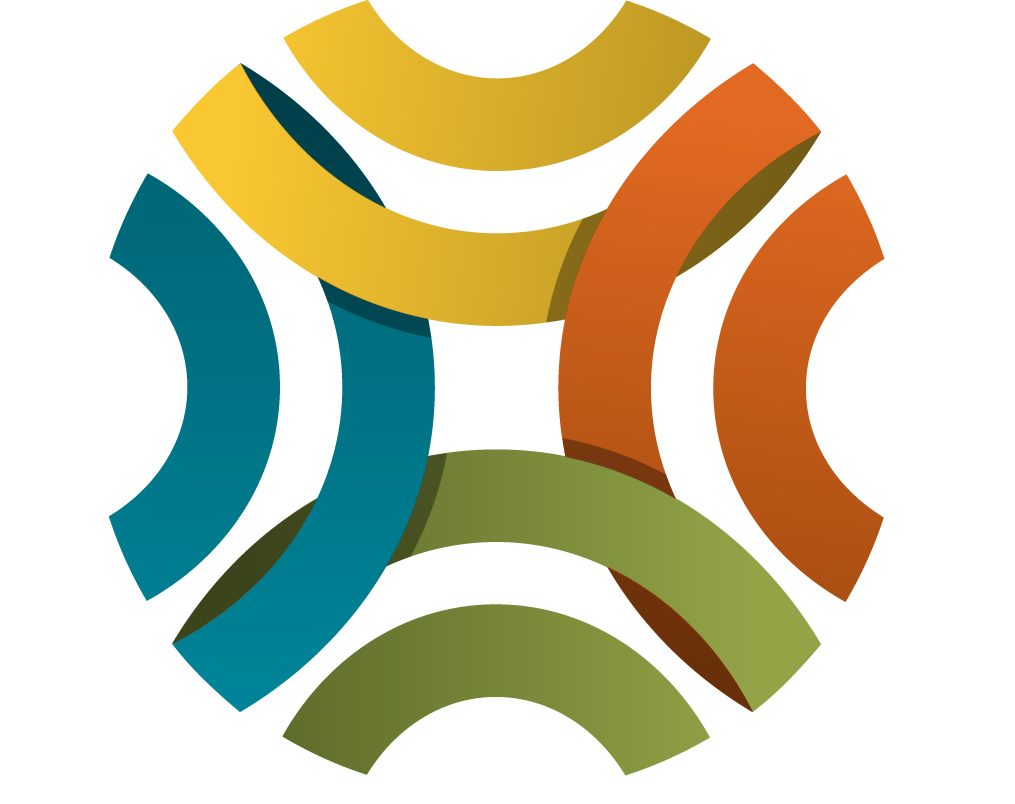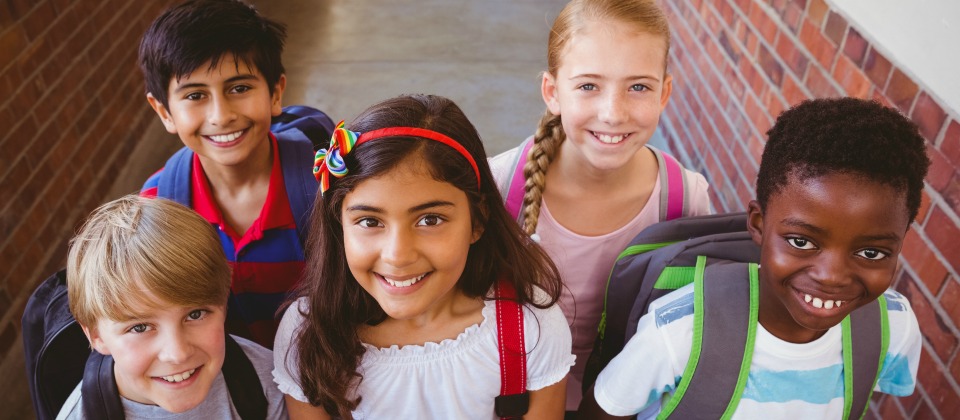Asian Americans and Pacific Islanders
“Asian Americans and Pacific Islanders” is a phrase describing several aggregated demographics—or multiple distinct, diverse groups of people combined into one category. Historically, the U.S. Census defined “Asian Americans” as individuals of East, Southeast, and South Asia descent, and “Pacific Islanders” as individuals of Native Hawaiian, Samoan, Chamorro (Guamanian), Fijian, Tongan, Marshallese, Melanesian, Micronesian, and Polynesian descent. This phrase is now considered problematic, due to the evolving and personal nature of racial and ethnic identities, the potential to ignore or gloss over Native Hawaiians, and the geopolitical complexities of what is considered “Asia” (versus the Middle East, Indian Subcontinent, etc.) It is now considered best practice to discuss ethnic groups individually (i.e. Japanese American, Native Hawaiian, Chamorro), or to reference “Asian Americans” and “Native Hawaiians and Pacific Islanders” as distinct groups. When referencing aggregated data, the preferred phrasing is currently “Asian Americans, Native Hawaiians, and Pacific Islanders” or Asian American, Native Hawaiian, and Pacific Islander (AANHPI) people.
Asian Americans, Native Hawaiians, and Pacific Islanders (AANHPI) are growing demographics that are integral to the culture and identity of the United States. Throughout history, their significant and often-overlooked contributions range from atomic sciences and technology, to pediatric immunology, ethnic minority psychology, civil rights, and domestic violence advocacy. At the same time, AANHPI people have been systematically exploited, excluded, scapegoated, displaced, and abused by white Americans. From anti-Asian hate crimes to human trafficking, labor exploitation, and spikes in gendered violence, AANHPI lives have been consistently valued less by our society. Indigenous Pacific Islanders and Native Hawaiians have experienced land theft and genocide, and have had to continuously fight for their homes, rights, and cultures. Asian American people have also been stereotyped into very narrow identity windows of ‘model minorities,’ which pits them against other BIPOC communities and harmfully aims to dictate where Asian Americans should be successful and unsuccessful (i.e. successful with math but unsuccessful with sports). AANHPI people who are LGBTQ+, economically poor, adult industry or garment workers, trafficking survivors, immigrants, and/or limited-English proficient also experience additional compounding marginalizations, which can significantly limit their ability to thrive.
In recent years, there has been a rise in anti-Asian American hate, including a disturbing increase in violence against Asian women. Largely attributed to Asian communities receiving misplaced blame for the COVID-19 pandemic, this follows a familiar trend of scapegoating Asian Americans throughout U.S. history. Today, this attention has cast a complex spotlight on AANHPI advocacy and justice. Asian American, Native Hawaiian, and Pacific Islander activists have worked hard to combat stereotyping and anti-AANHPI racism, create safe spaces for their communities, and decolonize community change work. AANHPI people who are LGBTQ+, survivors, and first or second generation immigrants have been especially powerful community organizers, changemakers, and advocates, bringing a much-needed intersectional, equity-focused lens to health and well-being.
Partnering with Asian Americans, Native Hawaiians, and Pacific Islanders to achieve health equity and racial justice, requires deeply uprooting racist systems that perpetuate their exploitation and abuse. Institutionalizing and operationalizing equity and justice throughout all leadership levels of all sectors will require organizations, allies, and systems to deeply center and follow the leadership of people with lived experience. Community-led processes, self-representation, and centering AANHPI voices are a few effective tactics communities can leverage to advance equity and well-being for Asian Americans, Native Hawaiians, and Pacific Islanders.
Resources & Tools
The Growing Gap: Gender Pay Equity, Meaningful Work, and Wealth during COVID-19
Story
-
 Original
Original
Brought to you by Community Commons
Achieving Racial and Ethnic Equity in U.S. Health Care: A Scorecard of State Performance
Resource - Report
Brought to you by The Commonwealth Fund
Potential Impact of COVID-19-Related Racial Discrimination on the Health of Asian Americans
Resource - Journal Article
Brought to you by APHA
Confronting Racism and Supporting Asian American Communities in the Wake of COVID-19
Resource - Blog
Brought to you by Urban Institute
Native Hawaiian/Pacific Islander Health in the United States and U.S. Territories: A Pathfinder to Resources
Resource
Brought to you by U.S. Department of Health and Human Services
Life Expectancy by County, Race, and Ethnicity in the USA, 2000–19: A Systematic Analysis of Health Disparities
Resource - Journal Article
Brought to you by Elsevier, Inc.
COVID-19 Community Corps In-Language Resource Guide
Resource - Data Bank/repository
Brought to you by APIAHF
The Color of COVID-19: Disparate Impact, Inequitable Response
Resource
Brought to you by The Skoll Foundation
Asian American Health in the United States and U.S. Territories: A Pathfinder to Resources
Resource
Brought to you by U.S. Department of Health and Human Services
Good Health in Your Hands: Improving Communication Between Patient and Provider
Resource - Guide/handbook
An Integrated Framework for Preservation of Hawaii Indigenous Culture: Learning from Vernacular Knowledge
Resource - Journal Article
Personal Experiences of U.S. Racial/Ethnic Minorities in Today’s Difficult Times
Resource - Report
Brought to you by RWJF
Minority Population Profiles
Resource - Website/webpage
Brought to you by U.S. Department of Health and Human Services
How Should Clinicians Help Patients Navigate “Model Minority” Demands?
Resource - Case Study
Brought to you by AMA
Racial Discrimination as Race-Based Trauma, Coping Strategies and Dissociative Symptoms Among Emerging Adults
Resource - Journal Article
Brought to you by NLM
The Spirit Catches You and You Fall Down: A Hmong Child, Her American Doctors, and the Collision of Two Cultures
Resource - Book
Brought to you by FSG
Community Health Workers and COVID-19: Three Ways to Support Asian American and Pacific Islander Communities
Resource - Fact Sheet
Brought to you by NACHW
Understanding Native Hawaiian Land Relations Through Kanaka Maoli Literature
Resource - Journal Article
Two Years and Thousands of Voices: What Community-Generated Data Tells Us About Anti-AAPI Hate
Resource - Report
Brought to you by Stop AAPI Hate
Racial and Ethnic Disparities in Assisted Reproductive Technology Outcomes in the United States
Resource - Journal Article
Brought to you by Elsevier, Inc.
In Common Newsletter: Dialogue as a Process for Catalyzing Community Change
Resource
Brought to you by Community Commons
Published on 05/08/2024
Impact of COVID-19 on Minoritized and Marginalized Communities
Resource - Data Bank/repository
Brought to you by AMA
Enough: COVID-19, Structural Racism, Police Brutality, Plutocracy, Climate Change--and Time for Health Justice, Democratic Governance, and an Equitable, Sustainable Future
Resource - Journal Article
Brought to you by APHA
Addressing The Interlocking Impact Of Colonialism And Racism On Filipinx/a/o American Health Inequities
Resource - Journal Article
Anti-Asian Xenophobia and Asian American COVID-19 Disparities
Resource - Journal Article
Brought to you by APHA
Dental Health Is Worse in Communities of Color
Resource - Report
Brought to you by The Pew Charitable Trusts
A Surprisingly Simple Way to Help Level the Playing Field of College Admissions
Story - Written
Brought to you by NYT

Keep Talking: Black Minds Matter – Psychological Costs of Racial Injustice
Story - Video
Brought to you by YouTube
Data Update: Free and Reduced Price Lunch and Majority Minority Schools
Story
-
 Original
Original
Brought to you by Community Commons
Published on 04/26/2017
Climate Change, Hawaiian Sovereignty, and the Lahaina Fires: An Interview with Honuʻāina Nichols
Story
-
 Original
Original
Brought to you by Community Commons
Published on 08/24/2023
How I Learned To Talk To My Filipino Mom About My Mental Health
Story - Written
Brought to you by NPR
Op-ed: ‘Model Minority’ Stereotype Obscures the Food Insecurity Asian Americans Face
Story - Written
Brought to you by Civil Eats
Mapping Student Achievement in Areas of Poverty
Story
-
 Original
Original
Brought to you by Community Commons
Published on 02/01/2017
Violence Against Asian American Women Is Rooted in More Than Just ‘Hate’
Story - Written
Brought to you by The Atlantic
‘Model Minority’ Myth Again Used as a Racial Wedge Between Asians and Blacks
Story - Written
Brought to you by NPR
Data & Metrics
Related Topics










































































